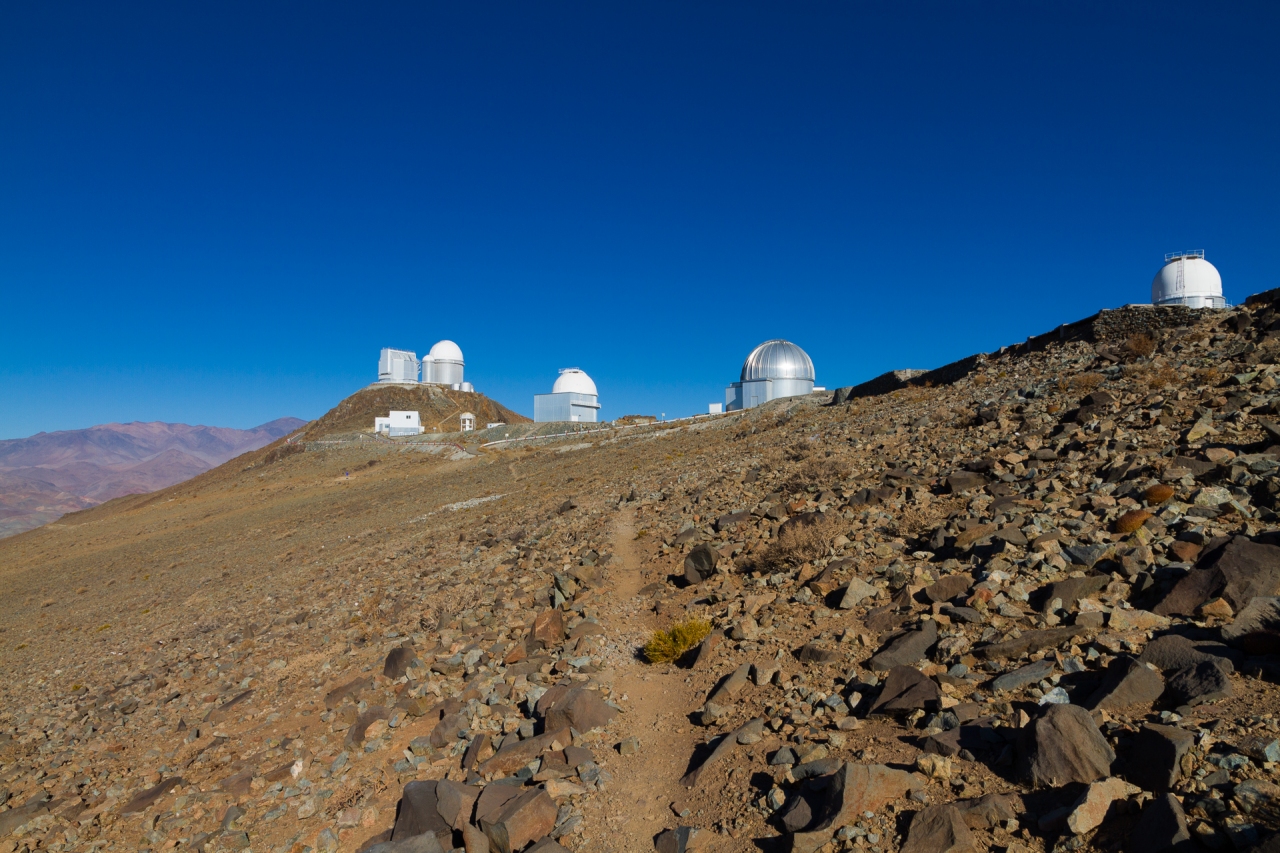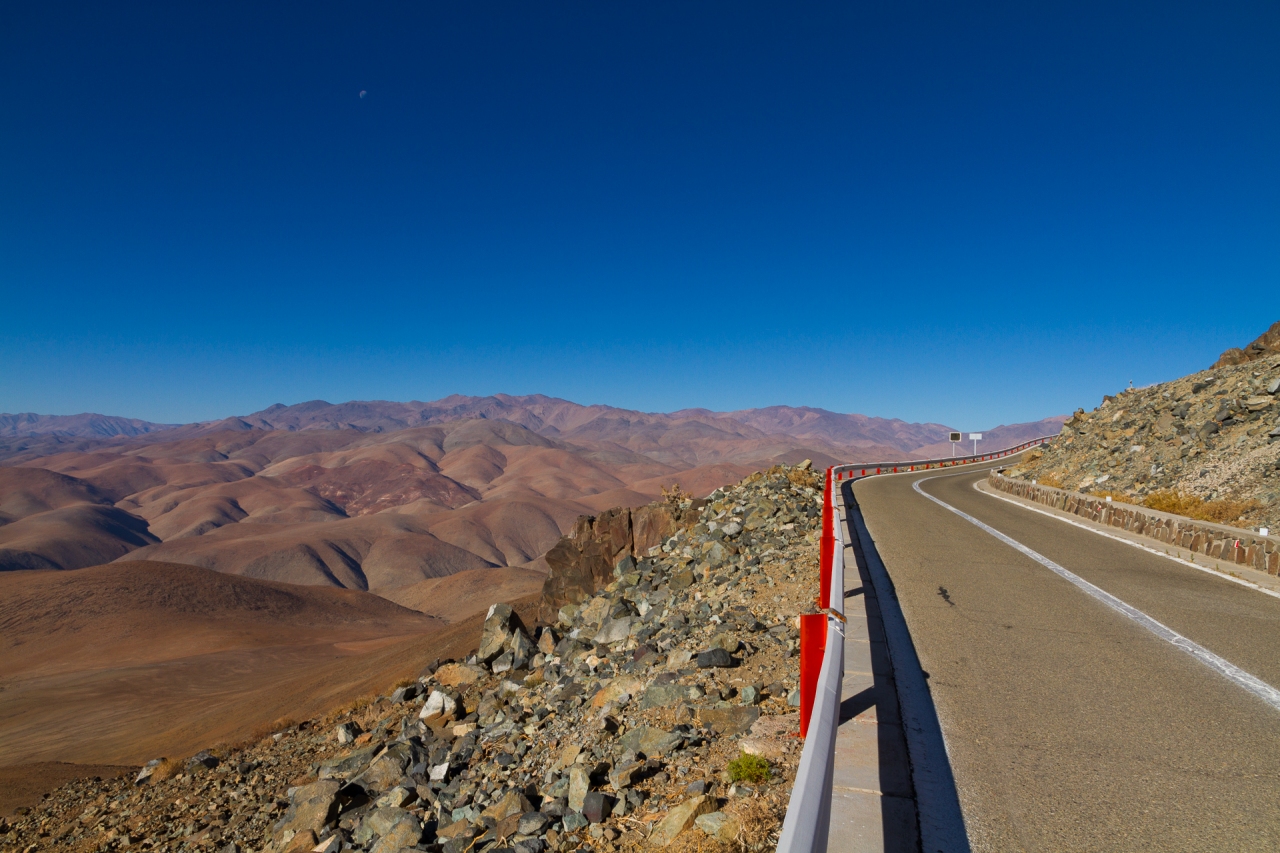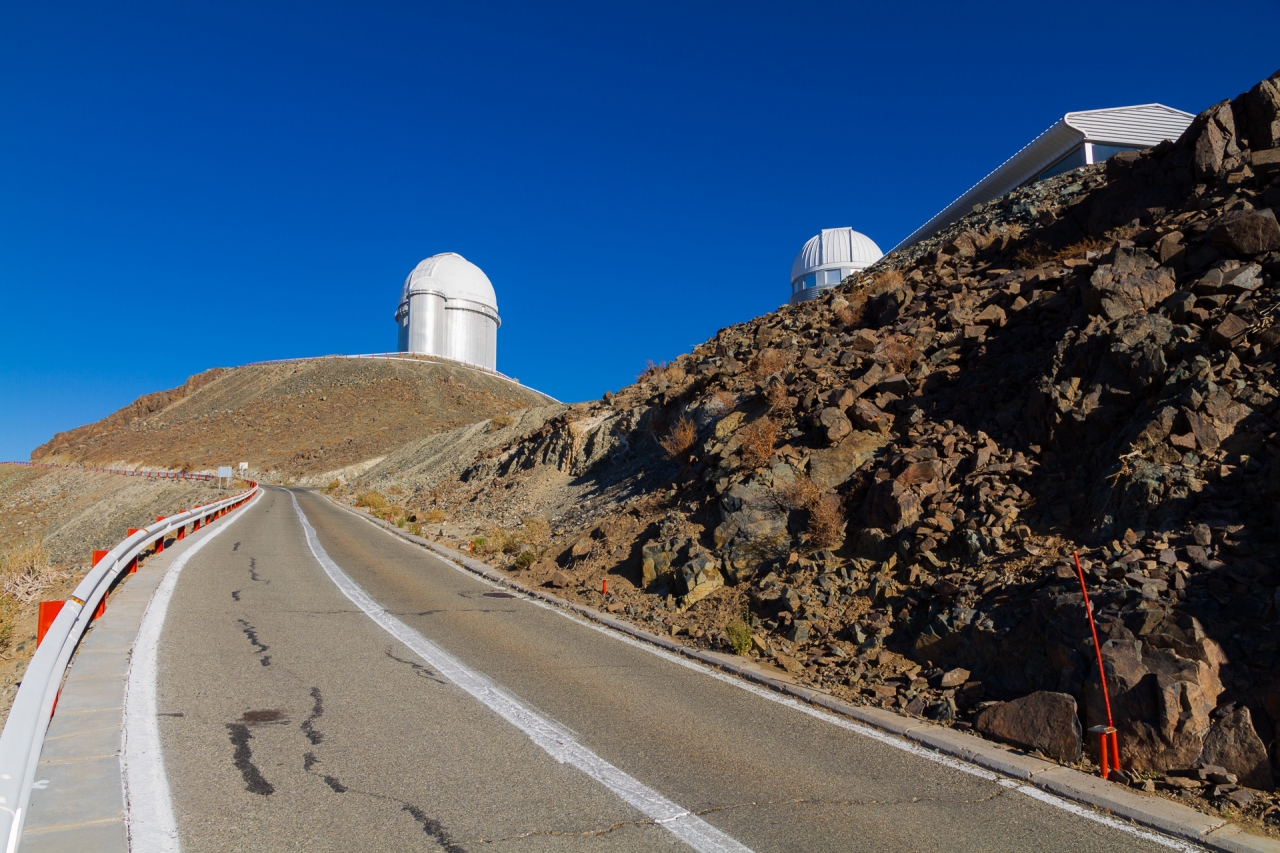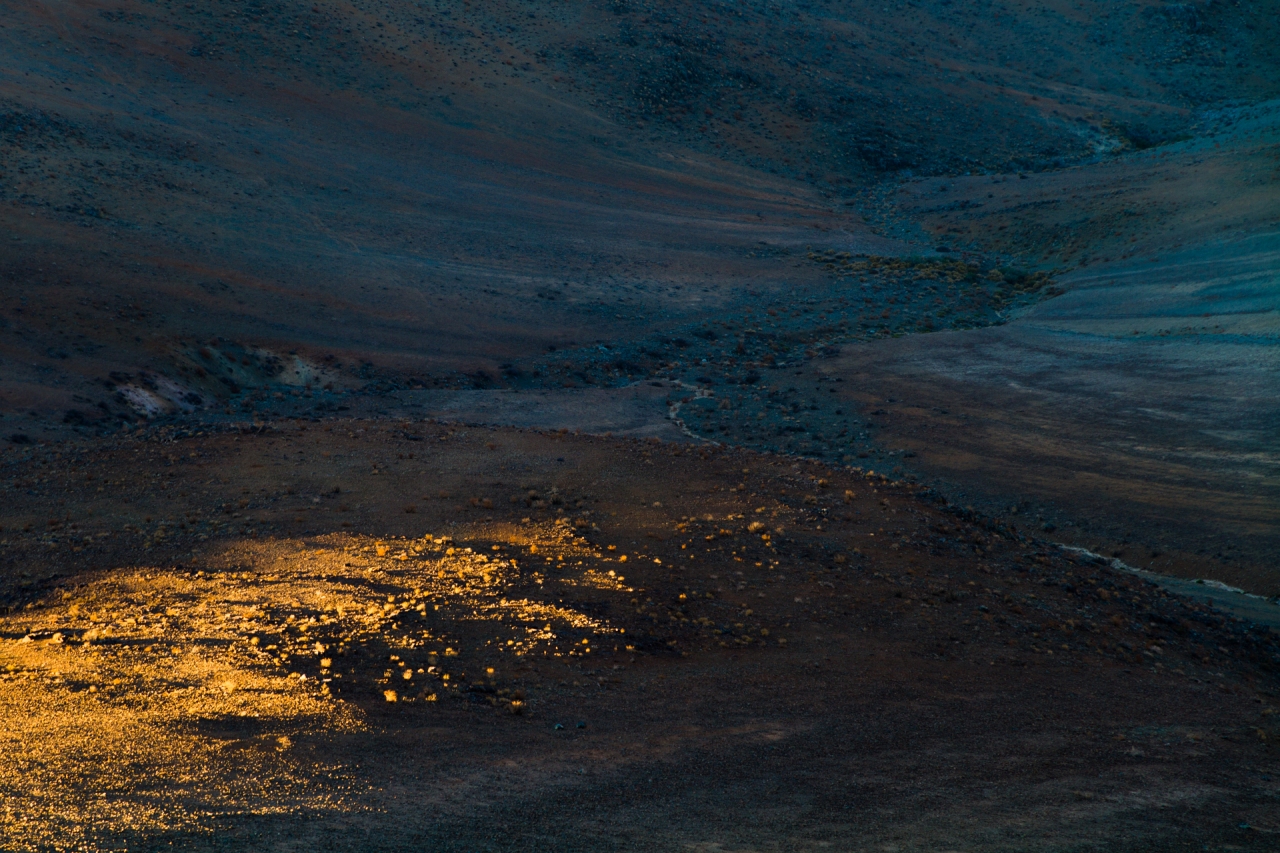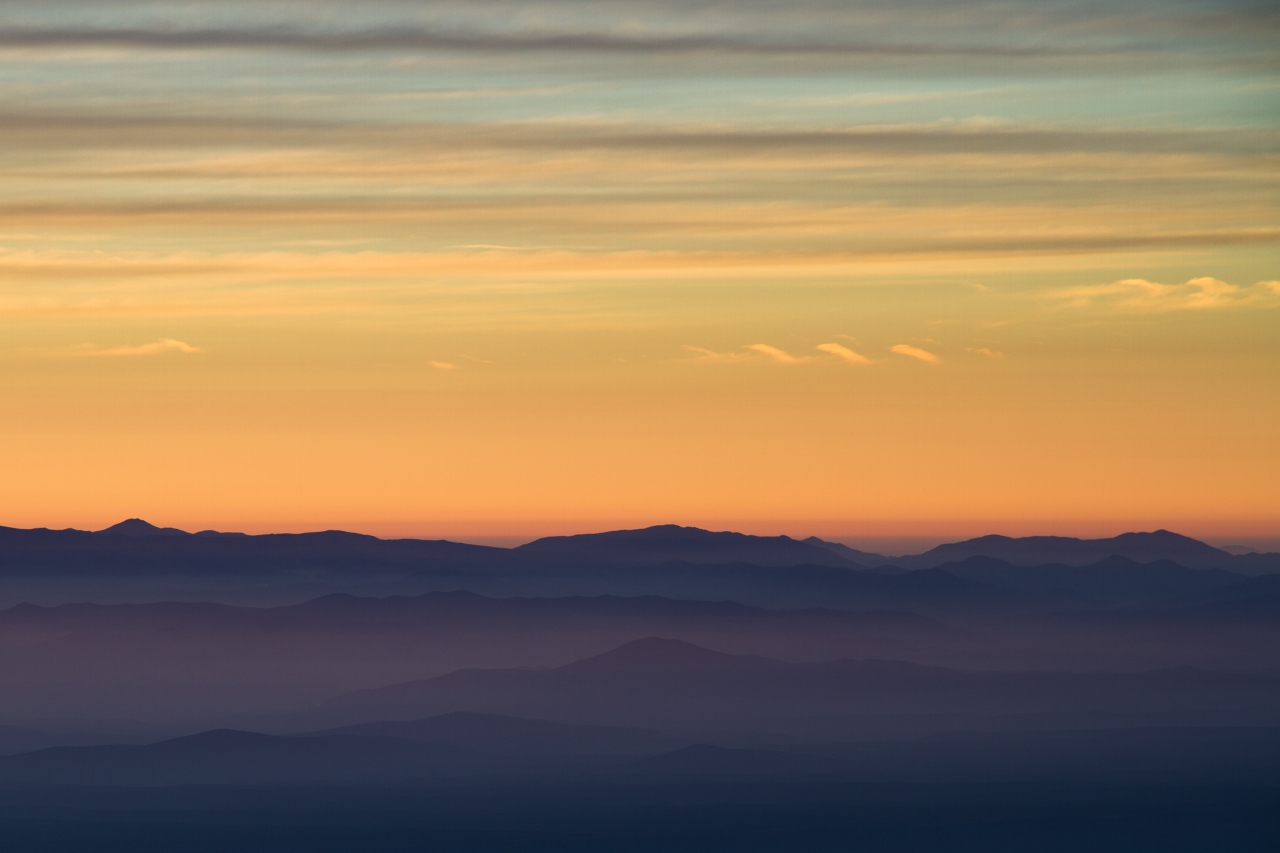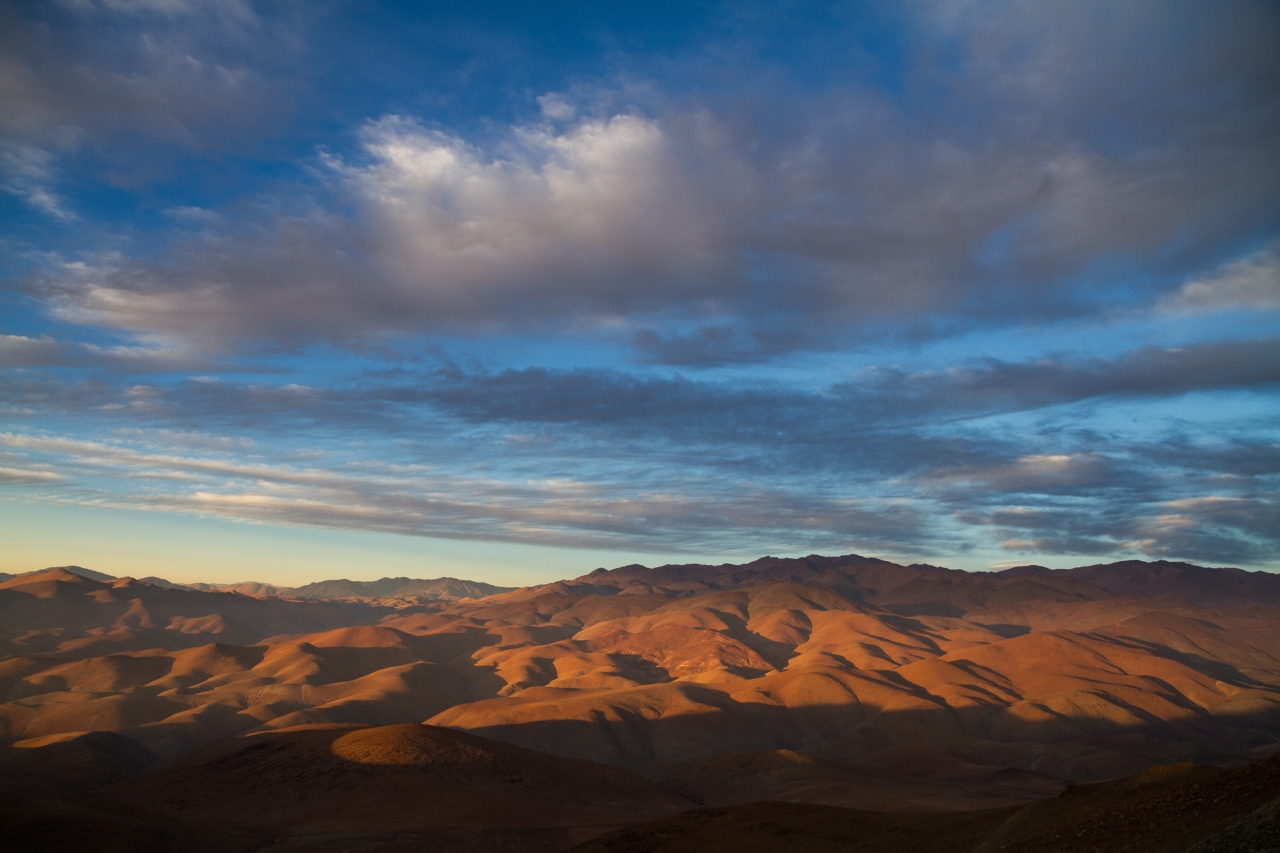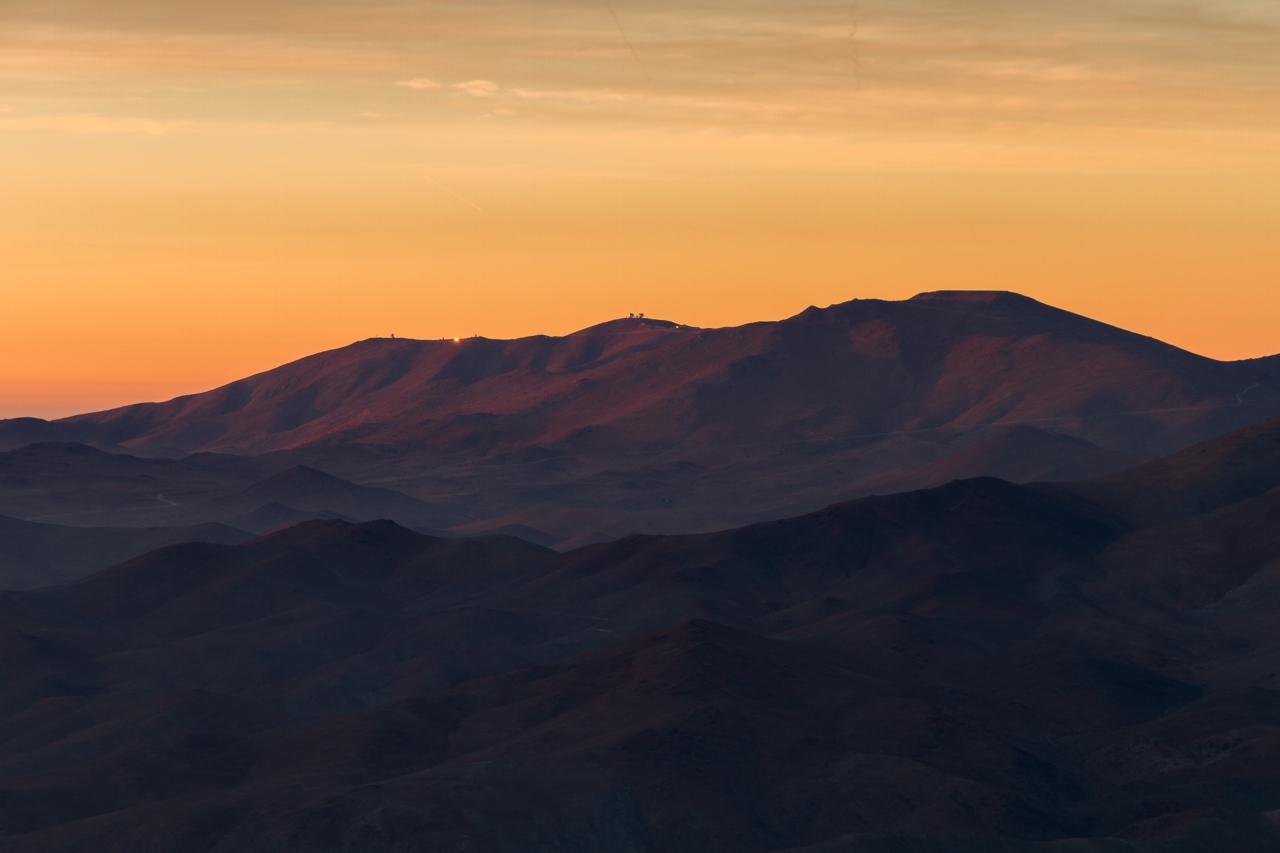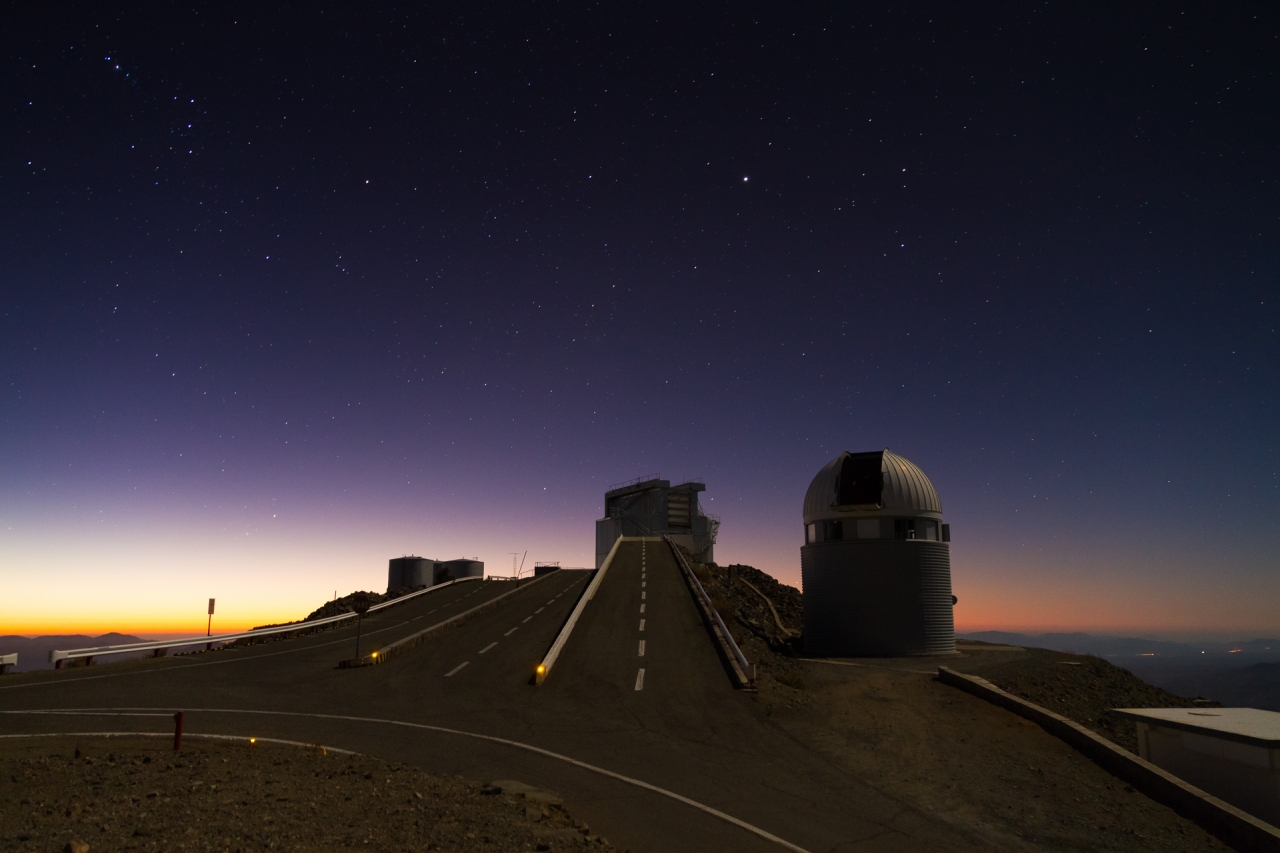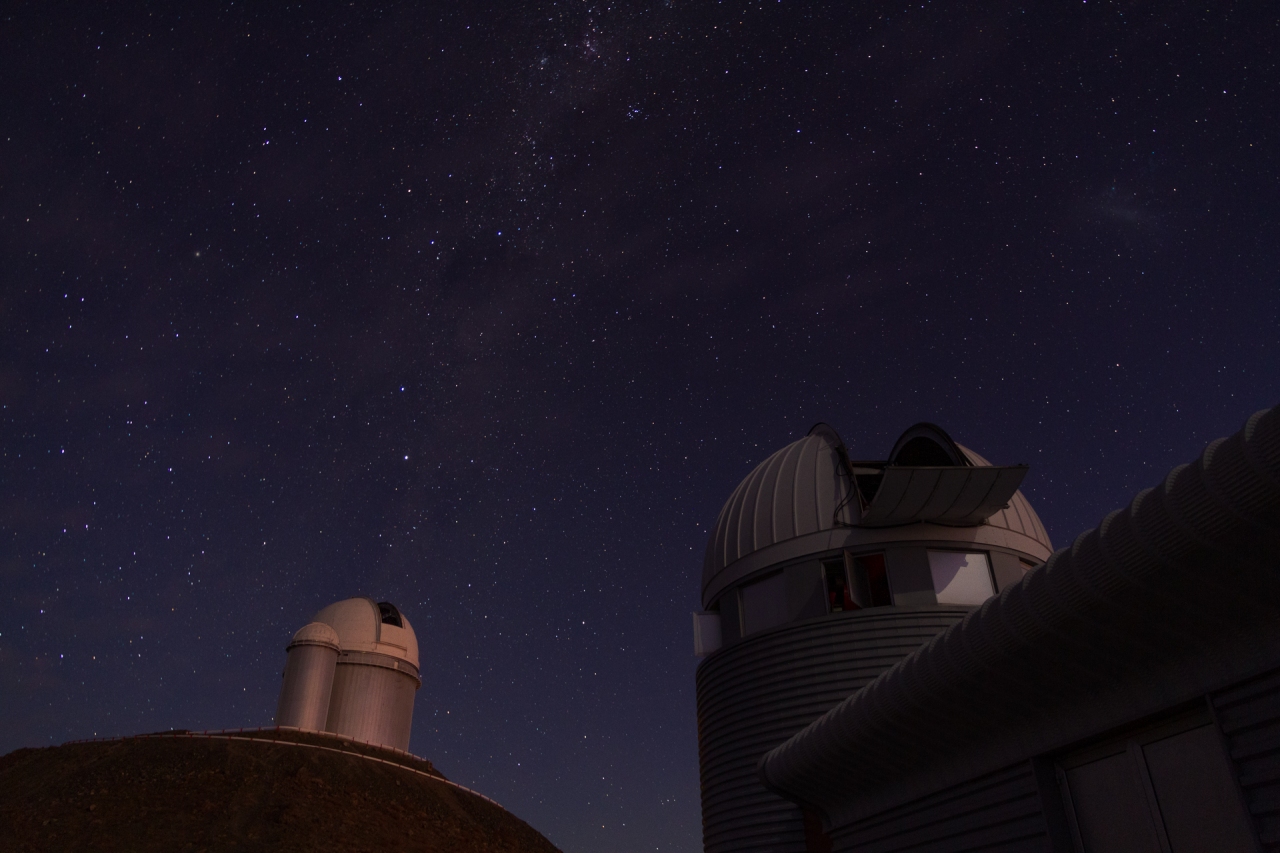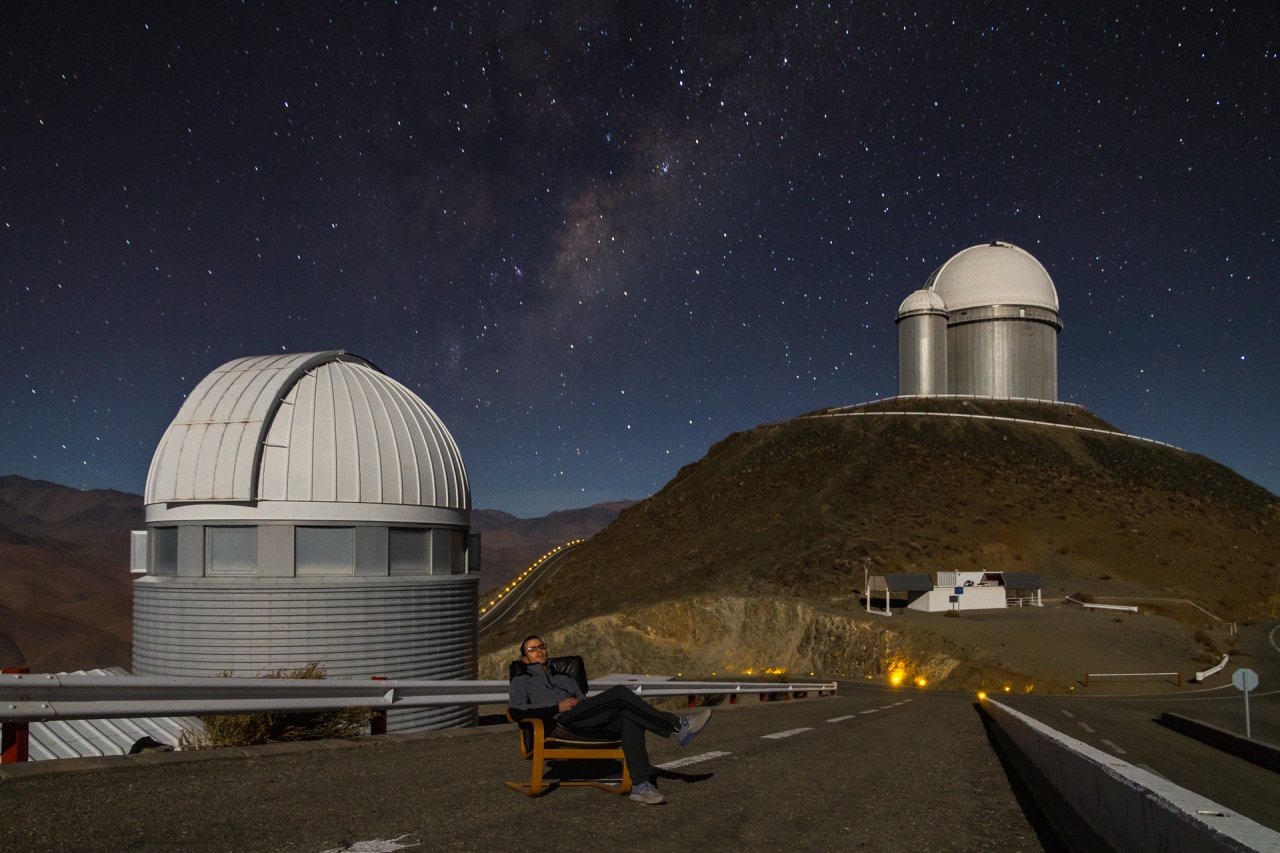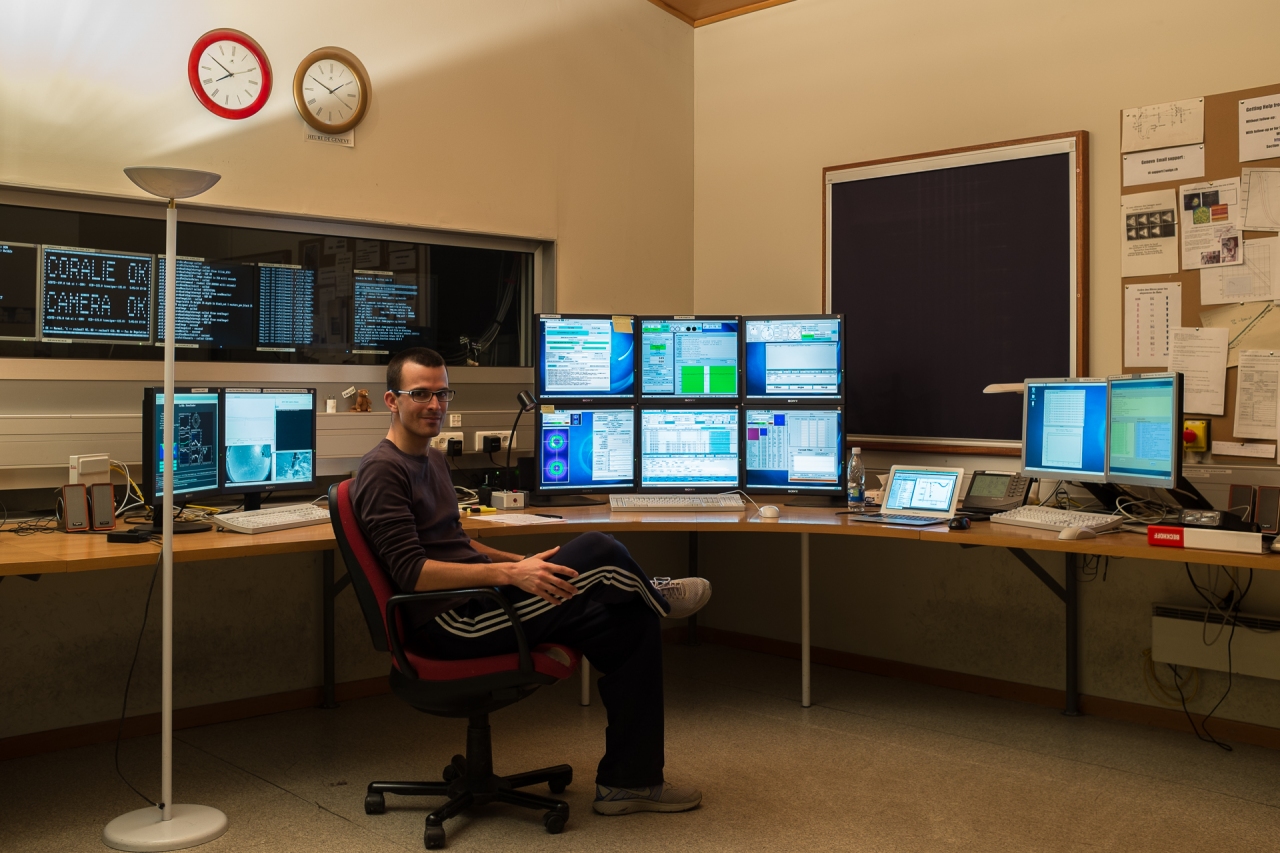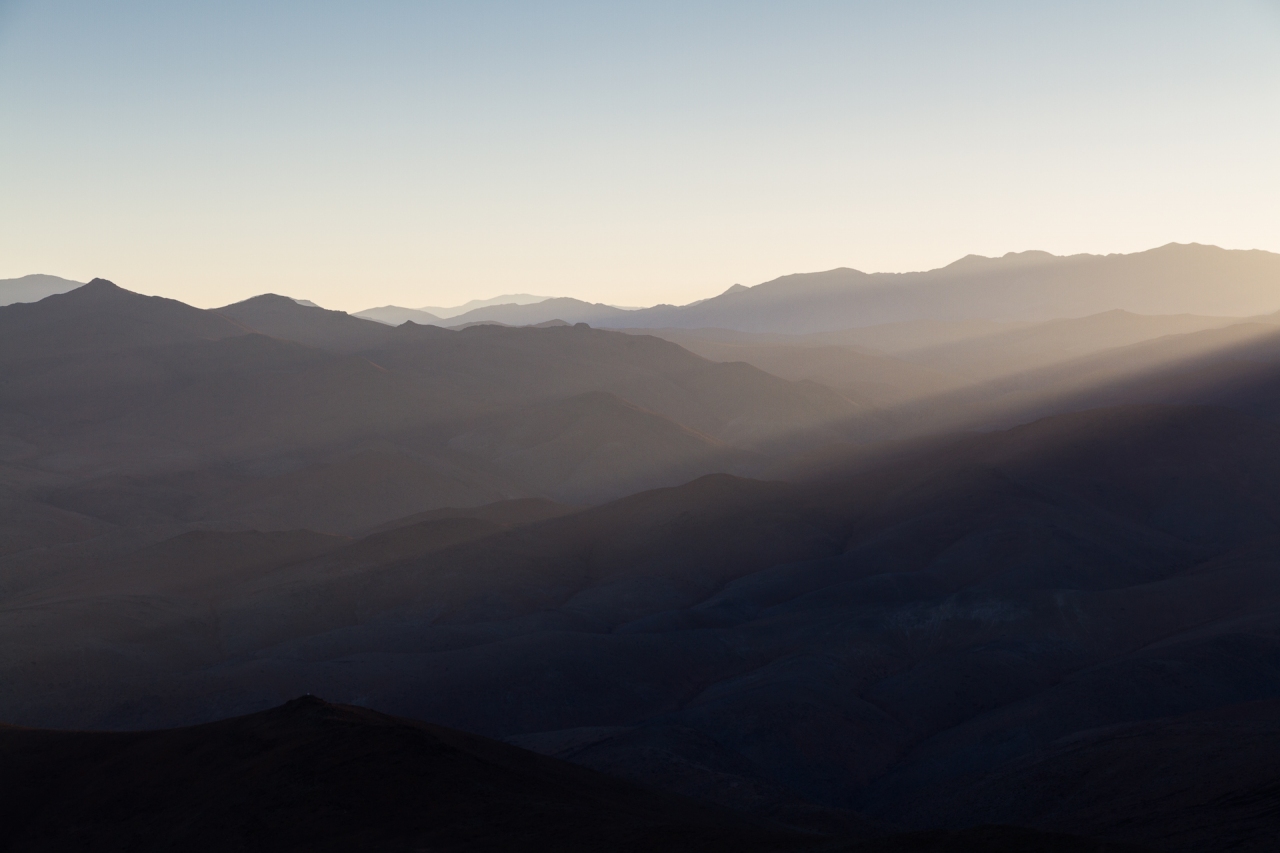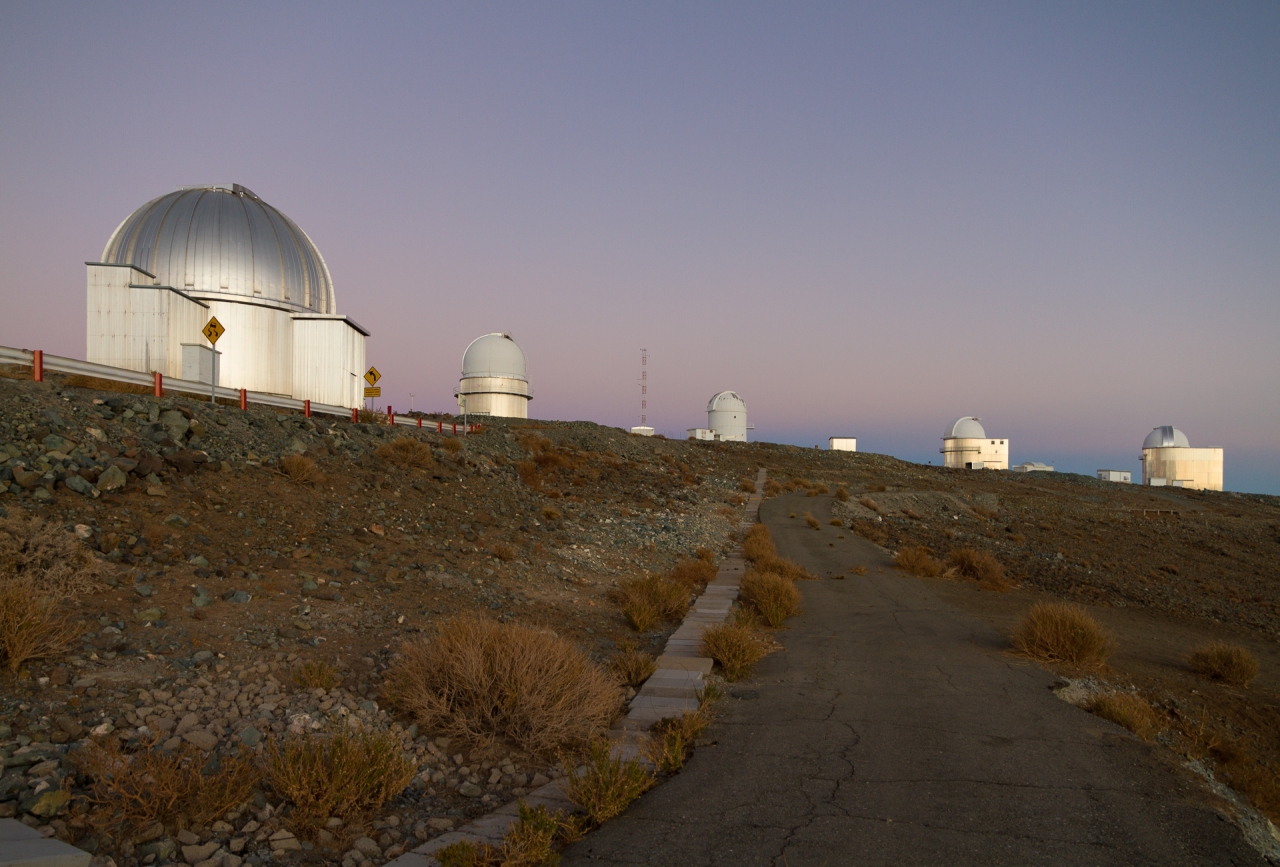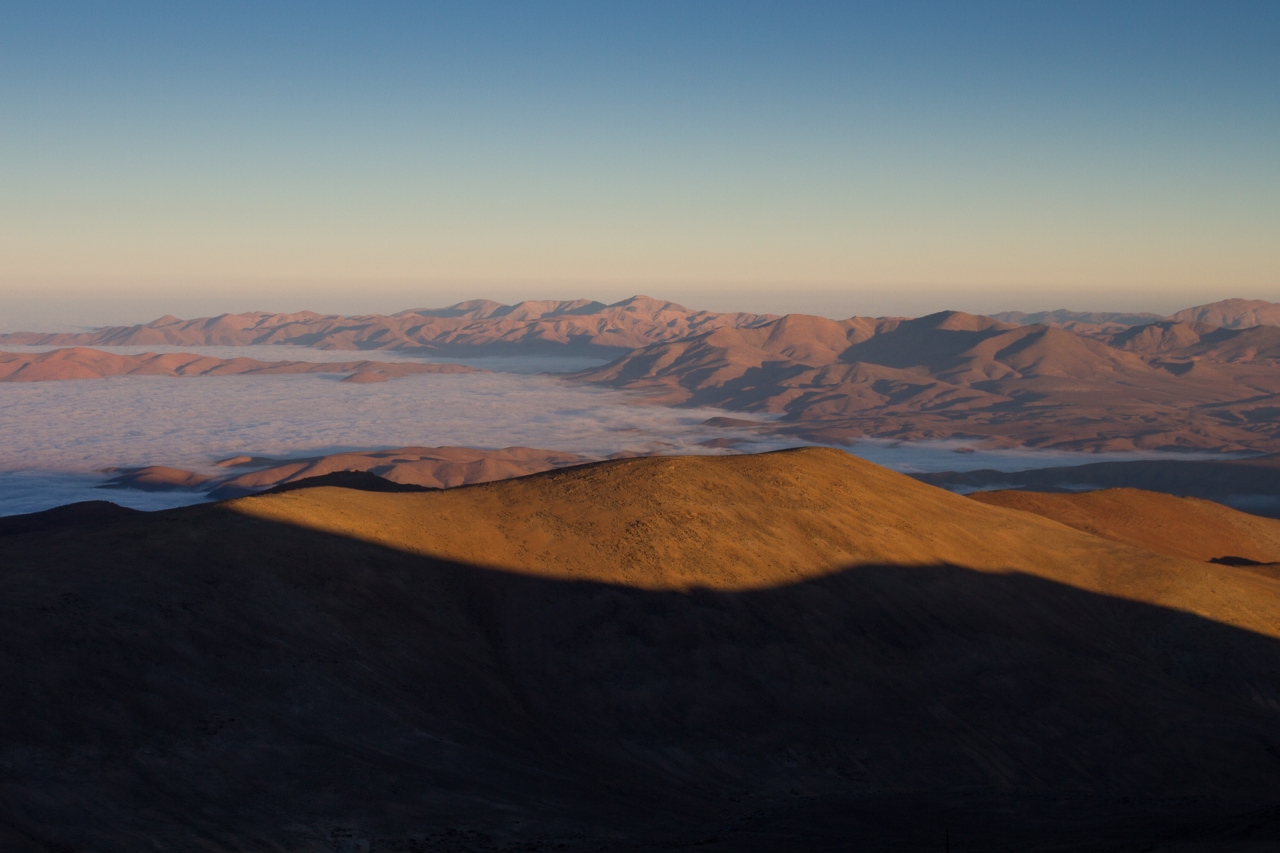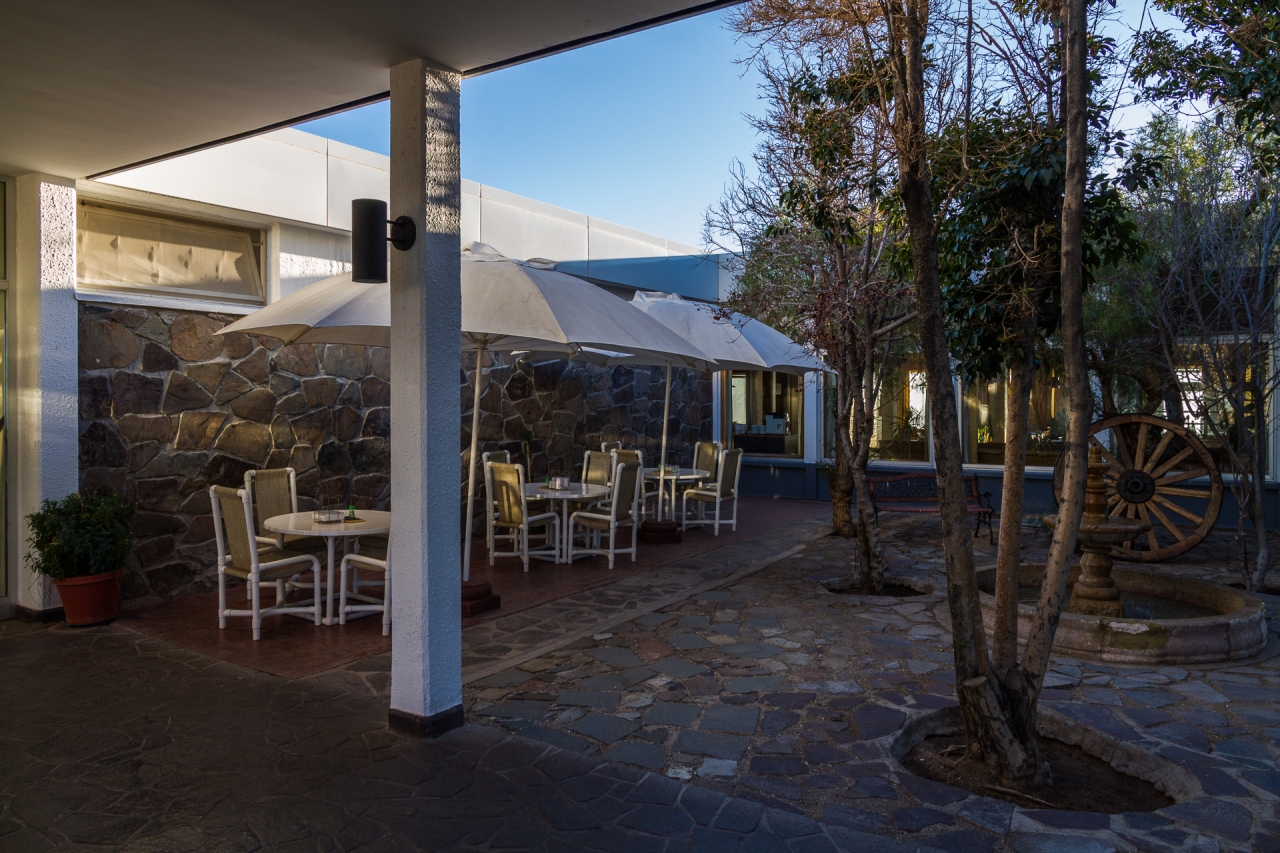I am halfway through my observing run here at La Silla (7 nights done, 7 nights to go), and I have a few nice pictures to share, and maybe a few things to tell about life up here. First of all, the La Silla Observatory was the European Southern Observatory’s first large site – operations started here in the 1960s.
From the website of ESO: ” The La Silla Observatory is located at the outskirts of the Chilean Atacama Desert, 600 km north of Santiago de Chile and at an altitude of 2400 metres. Here, ESO operates two of the most productive 4-metre class telescopes in the world. The 3.58-metre New Technology Telescope (NTT) broke new ground for telescope engineering and design and was the first in the world to have a computer-controlled main mirror (active optics), a technology developed at ESO and now applied to most of the world’s current large telescopes. The ESO 3.6-metre telescope is now home to the world’s foremost extrasolar planet hunter: High Accuracy Radial velocity Planet Searcher (HARPS), a spectrograph with unrivalled precision. The infrastructure of La Silla is also used by many of the ESO Member States for targeted projects such as the Swiss 1.2-metre Leonhard Euler Telescope [I am here], the Rapid Eye Mount telescope (REM) and the TAROT Telescope gamma-ray burst chaser, as well as more common user facilities such as the MPG/ESO 2.2-metre and the Danish 1.54-metre telescopes.”
How does my typical day (or – actually – night) look like? I get up at 15:15, get a shower, then I walk 1 km to the telescope (luckily not so much uphills, so it’s really nothing compared to the walk on La Palma), and start the calibrations (technical preparation of the telescope and the instruments) at around 16:00. I also have to make the schedule for the night: I assemble a list of targets from a few different ongoing observing programs, according to the requests I got beforehand. Then at 17:45-18:00 I walk back down to have dinner. (The food is similar to what you get on La Palma, a bit greasy but fine, lots of meat, fish, pasta, and potatoes. Plus there is always tons of fruits, which I always really missed while observing on the Canaries.) I have to eat a bit quicker than usual, since I need to be back at the telescope by 18:50. When the Sun reaches -12° below the horizon, I start the observations. From here, everything is pretty automatic, but there are many things which need my supervision. E.g., if the weather changes, I have to adapt the settings to ensure that the observations remain useful (in terms of signal-to-noise). The observations can continue until 6:20, when the nautical twilight starts. After stopping with the science program, I might still need to make some calibrations, and shut down the telescope. Then I walk down and have breakfast. By the time I go to sleep it is usually 7:30-8:00…
The autumn weather is all right up here, now it is around 12°C during the day, and 8°C during the night, but a week ago it was 18°C – at night. It can get pretty windy sometimes, yesterday I woke up several times because the wind made so much noise. (We are talking about a 20 m/s average windspeed here.) Since the beginning of my observing run, I had 5 perfectly clear nights, and 2 nights with some partial cloud coverage, but there was not a single night when I could not work at all. The scenery is still beautiful, the colours of the mountains seem to be different every day, thus the view keeps changing continuously. I am trying to limit myself and not take – or at least not publish – hundreds of similar pictures, but it is very difficult to make a good selection. The past two evenings the sky around sunset was really mind-blowing, especially while I was walking down for dinner, without any of the two cameras I have here with me. Typical… Yesterday was especially amazing, with colours from yellow to deep purple all over the sky above the domes. I was really mad at myself for not taking my camera. But since I have to walk back after dinner, already carrying my food for the night (a few slices of cake, one or two bananas, and some water), I am not so willing to take a camera with me as extra weight. 1st world problems…
The only real problem I have (after they finally turned on the heating in the bedrooms, because sleeping in long pants and a sweater was not so great during the first two nights) is the lack of sports. I actually planned to do some running, I even brought my full running gear with me, but I simply have no time to do it. If I want to go for a half-hour run, then I need to get up 45 minutes earlier, which is really not reasonable, when the most sleep I got the past week was 7h 25m. I can only hope that when I am back in Belgium, I will still know how to ride my bike… And especially that I will have the power to do it. We will see :) I am getting a bit homesick and tired, but it is nice to work here.
